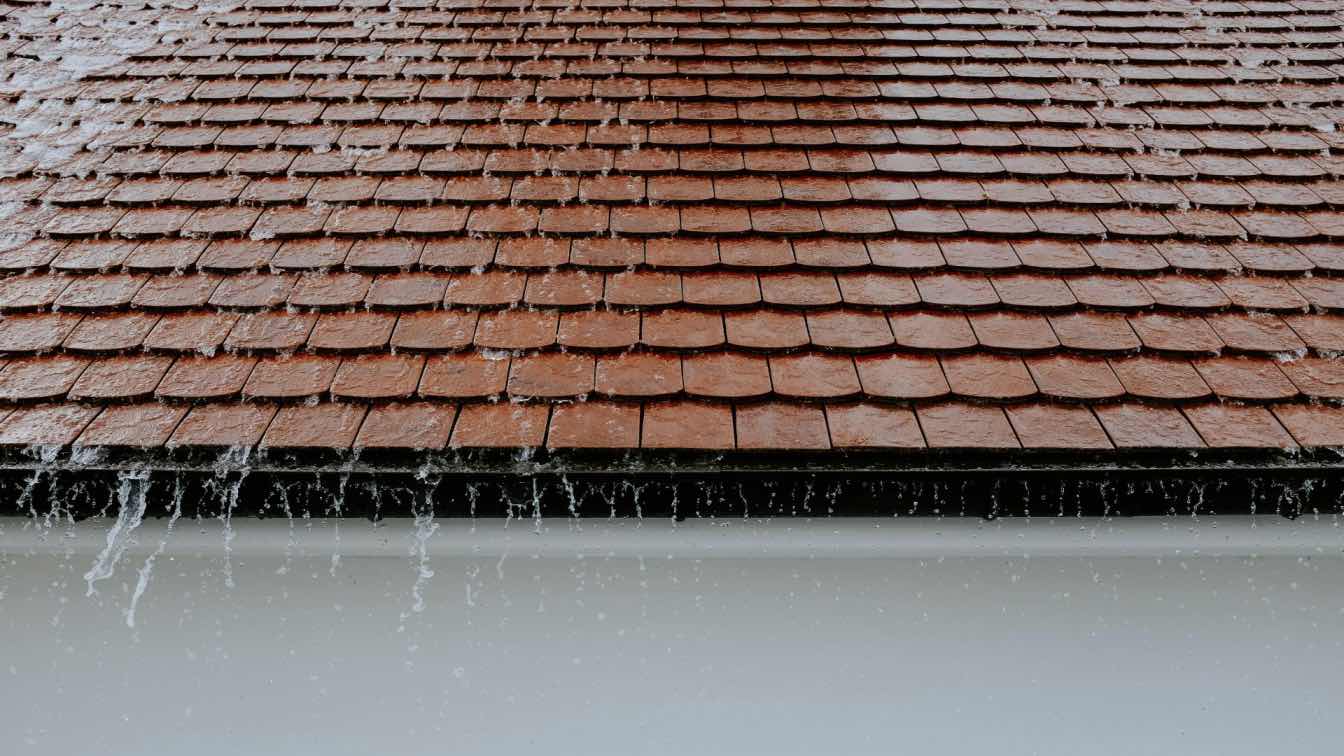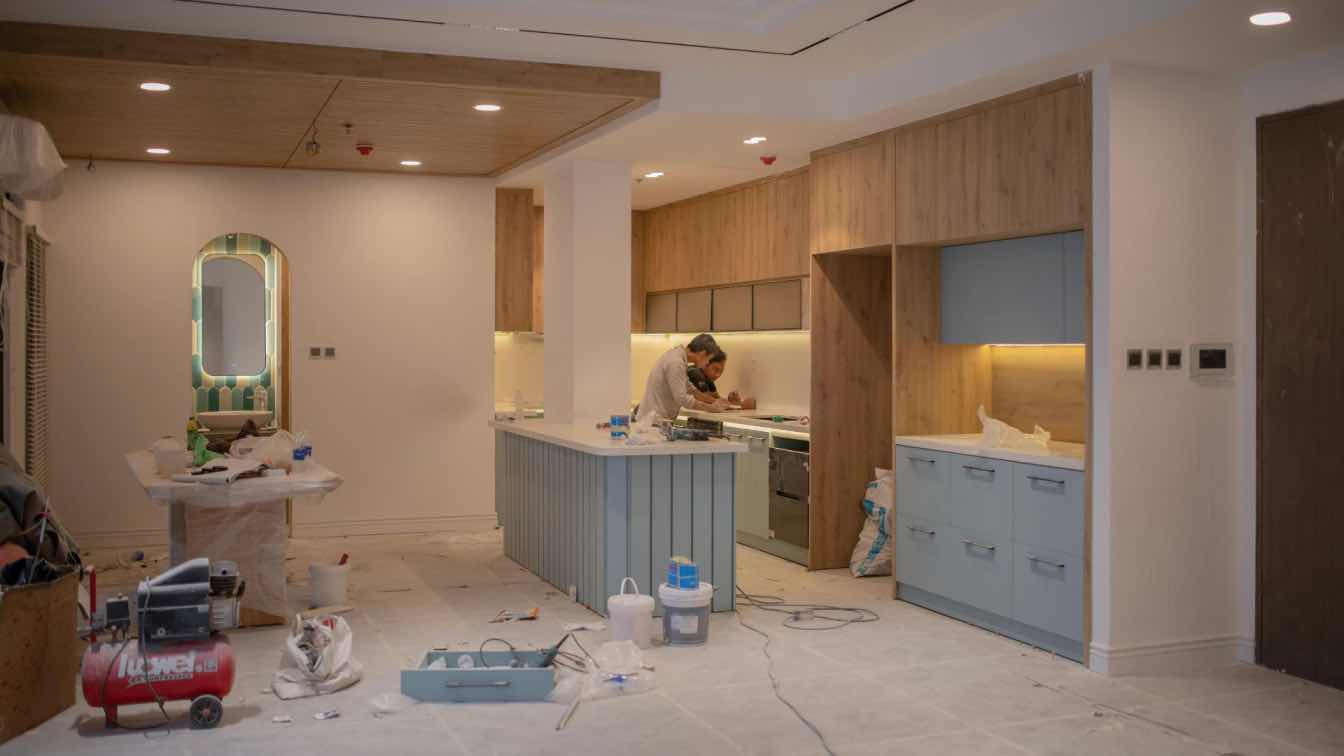If you're a first-time homeowner, finding creative ways to make the most out of your outdoor space can be a challenge. From landscaping to decorating, finding the right balance of style and function is something that takes time, effort, and serious thought.
One of the most common outdoor activities that homeowners enjoy is gardening. Whether you’re looking at creating an outdoor oasis to relax in or a functional garden with edible plants, investing in a home garden can be a great way to boost your home’s value while enjoying the beauty and benefits of nature. Once you decide that you’d like to start gardening, it’s important to make sure that your garden is well-planned out before beginning. Here are some tips for getting started:
1. Decide how big you want your garden to be
The size of your garden will determine how much space and time you need to devote to it. Consider the available space in your yard as well as any other features, including trees and shrubs or ponds, that may limit the size of your garden. It is likely that your backyard already has a grassy or covered area that can be easily converted into a garden. If you want to remove additional sections of your backyard ( a concrete patio), you'll need to plan for the extra work required in advance.
2. Select your plants based on the soil conditions, climate, and purpose
The type of soil you have will determine which plants you can grow successfully in your garden. Sandy soils are best for grasses, while clay soils support vegetables and herbs. Talk with a local nursery or a gardening expert at a department store to determine which plants will thrive in your garden.
You should also consider the climate and time of year when you plant. For example, living in the desert may require you to choose drought-tolerant plants and embrace desert landscaping, a resourceful way to conserve water.
Finally, think about the purpose of your garden, whether you’re looking for edible plants, ornamental flowers and shrubs, or a combination of both. If you're someone who likes to cook at home, a vegetable garden may be perfect for you. For those who want a low-maintenance, aesthetically-pleasing landscape, choosing easy-to-grow flowers and ornamental plants may be the way to go.
3. Pick your plants strategically
There are a few types of plants:
- Pollinator plants: If you want to bring beneficial insects like bees and butterflies into your garden, choose plants that are pollinator-friendly. Some examples include wildflowers, herbs, and flowering trees and shrubs.
- Companion plants: Certain plants thrive when planted in close proximity to each other; these types of plants are called companion plants. To maximize these beneficial relationships, create a plan before you buy any plants.
- Shade plants: If you want your garden to have natural shade, select shade-loving plants that can tolerate the lower light levels in those areas. Hostas, ferns, and impatiens are all great choices for shady spots.
Do some research into which plants are most compatible with each other, and keep your garden’s purpose in mind as you plan.
4. Choose durable materials and plan for regular maintenance
The quality of materials you choose for your garden bed will depend on the type of plants you’re growing and the size of your garden. For small gardens with light plants, raised beds are often a great option as they require less maintenance. For larger gardens or gardens with heavier plants and trees, using durable materials that can withstand the weight of the plants and won’t rot over time is essential.
A few of the materials you'll need to purchase for your garden probably don't come to your mind right away, either. Some often-overlooked components you'll need to purchase for your garden include:
- Sprinkler heads: Depending on the size and layout of your garden, you may need a sprinkler system to keep your plants hydrated.
- Fertilizers: To ensure that your plants have all the nutrients they need for healthy growth, choose an appropriate fertilizer.
- Garden tools: Don’t forget about garden tools like trowels, hoes, and pruners.
5. Pay attention to water use
In some areas, your water usage will hold more weight than others. In Southern California, for example, water restrictions are much stricter than in many other places in the US, so you’ll need to be mindful of how much water your plants are consuming.
If you’re looking for ways to conserve water in the garden, consider using mulch and drip irrigation. Mulch helps retain moisture in the soil, while drip irrigation delivers water directly to your plants' roots, so less water is wasted.
Pay close attention to how much water each plant needs as well, and only water as necessary. This not only helps you save money on your water bill, but it’s also a great way to ensure that your garden stays healthy and thriving for years to come.
6. Budget for your garden accordingly
The costs of having and maintaining a garden can quickly add up. You'll need to add your garden to your property insurance policy and budget for regular maintenance, like pruning, weeding, and fertilizing.
It’s also important to remember that not all plants cost the same. If you're on a budget, look for annuals or perennials that are known to be low-cost options. You can even grow some vegetables from seed, saving you money in the long run.If you’re looking for ways to save even more money on your garden, consider taking advantage of resources like free compost from local gardens or community farm and garden programs.
Endnote
Creating and maintaining a home garden is a rewarding experience that can bring your family closer together and provide you with beautiful flowers, fresh fruits, and vegetables. While there are hidden costs and work involved, the end result is well worth the effort. With the right preparation, knowledge, and research, you can create a beautiful and sustainable garden that will last for years to come.





